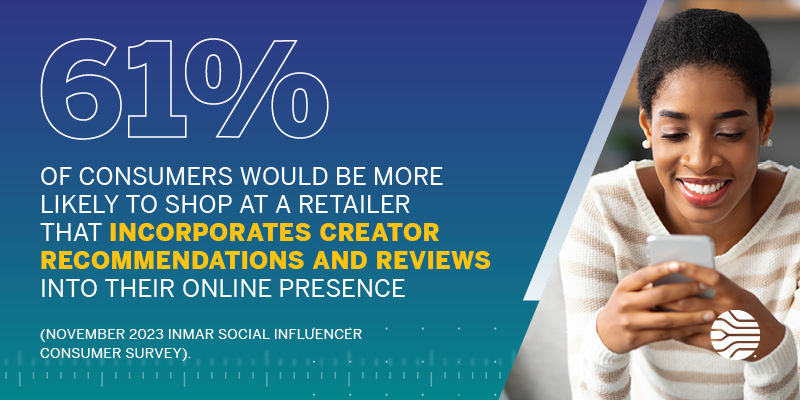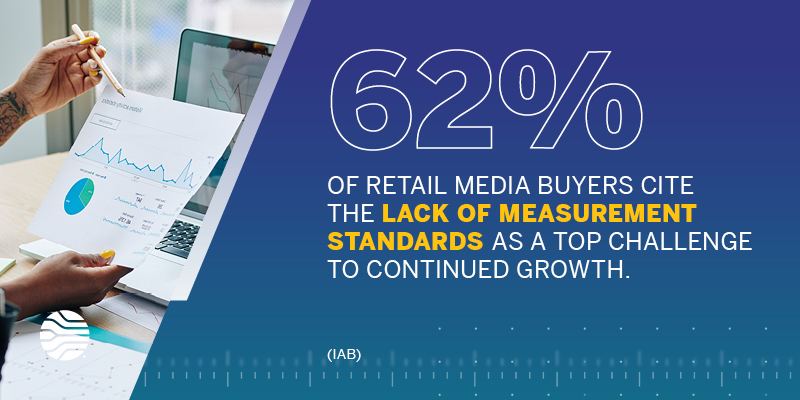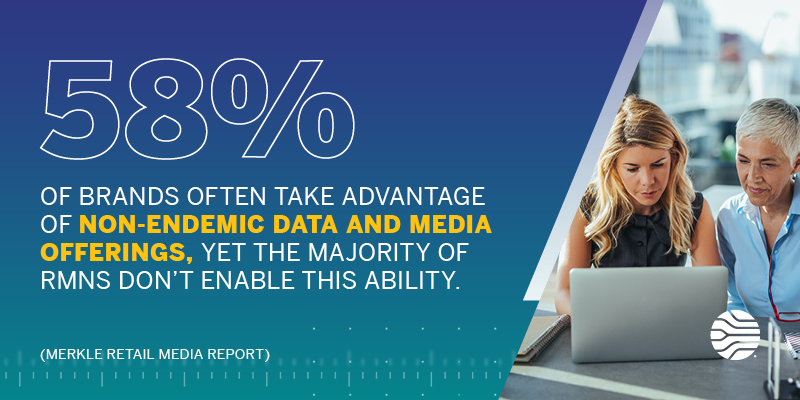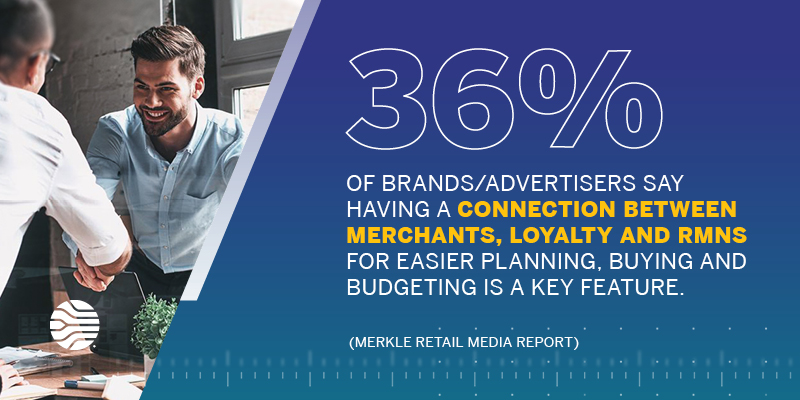
Leah Logan: Expect a shift from retail media standardization to transparency.
As brands continue to invest more in retail media, they’re looking for a consistent way to talk about and measure performance across the multiple retail media networks — to determine where to invest their budgets. While both brands and retailers see standardization at some level as a necessary step in the evolution of retail media, more complex metrics will be needed to provide rationale for how one RMN is differentiated from another.
Many discussions around retail media standardization focus on the idea that 'all things should be the same'. However, I believe the true intent of the IAB and its contributors is to promote transparency in metrics and reporting. The industry has long struggled with defining something as basic as an impression, with Google and Facebook using different measures. This lack of standardization makes it impossible to create a one-size-fits-all measurement approach and undermines the competitive advantage of RMNs.
By focusing on transparency — providing clarity on how they measure, track and report data — retailers can build trust for their marketing activations, and help advertisers make informed decisions about their investments.
Penelope Chouinard: Emerging and non-endemic brands present major revenue opportunities.
While retailers seek opportunities to grow incremental investments from their biggest brand partners, expect savvy retail media networks to establish a strategy to solidify relationships with emerging brands and non-endemic advertisers. To capture funds from emerging brands, retailers must continue developing a truly self-serve buying platform to profitably support smaller advertisers and their more focused budgets. Expect to see the incorporation of AI to streamline the campaign process with tools like AI-powered bidding and optimization.
Leading retail media networks also need to dedicate attention to non-endemic advertisers. To capture non-endemic budgets, RMNs will have to demonstrate the value of targeting their shoppers both off-site and onsite, and design an experience that adds value to the customer’s experience.
Garry Church: Retail organizations need to evolve to align with media growth.
As retailers continue to benefit from the contribution margin and incremental sales driven by their retail media efforts, the expectations from suppliers for more streamlined communication, reporting and investment requests will grow. Every retailer is learning and managing this as they go, and we're seeing challenges arise when it comes to deciding who the ultimate decision maker is inside a retailer — whether it's Merchandising or Media/Marketing/Monetization. Although many retailers are creating a layer between the organizations to bridge the gap, this isn't a viable long-term solution because it leads to additional operating expenses and added communication complexity. Therefore, in 2024, we can expect the Merchandising organizations to push for more control, cohesion, and collaboration to overcome these issues.
Sarah Hughes: Social will play a major role in the growth of retail media.
Retail media networks are exploring new ways to expand their digital reach by partnering with streaming platforms and exploring opportunities in physical stores. Moving forward, they are expected to offer more comprehensive marketing programs that include social media marketing as a critical component. With the growing popularity of social platforms and the increasing influence of creators, retailers recognize the vast potential of leveraging these digital channels to connect with their target audiences, particularly Gen Z shoppers. Social media provides an interactive and dynamic space for engaging customers, building communities, and fostering brand loyalty. According to data from Inmar Intelligence, 61% of consumers are more likely to shop at a retailer that incorporates creator recommendations and reviews into their online presence, and 62% more likely to shop at a retailer that includes similar content in their in-store presence. As online and offline shopping experiences become more intertwined, the relationship between social media and retail media spending is set to redefine the marketing landscape by 2024.




